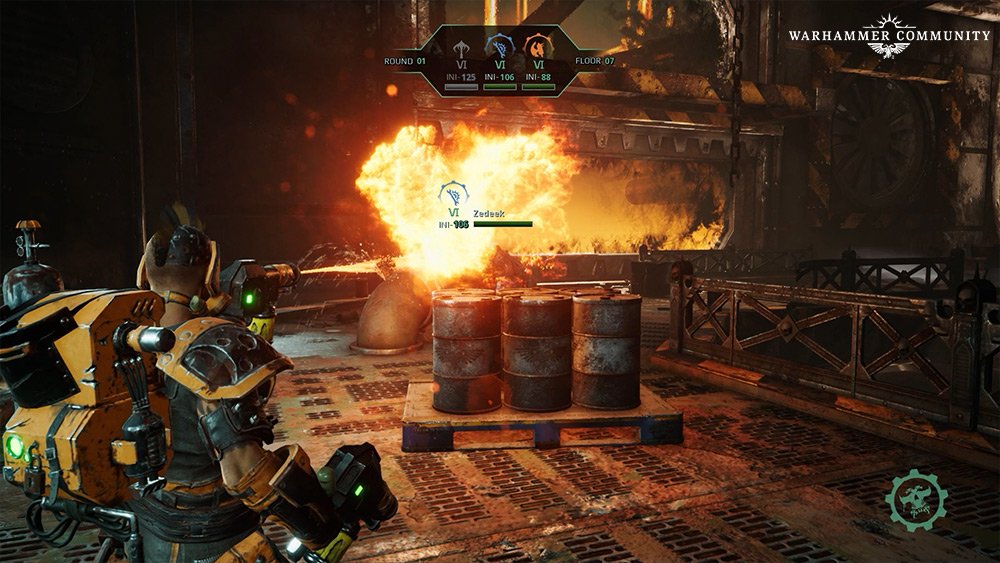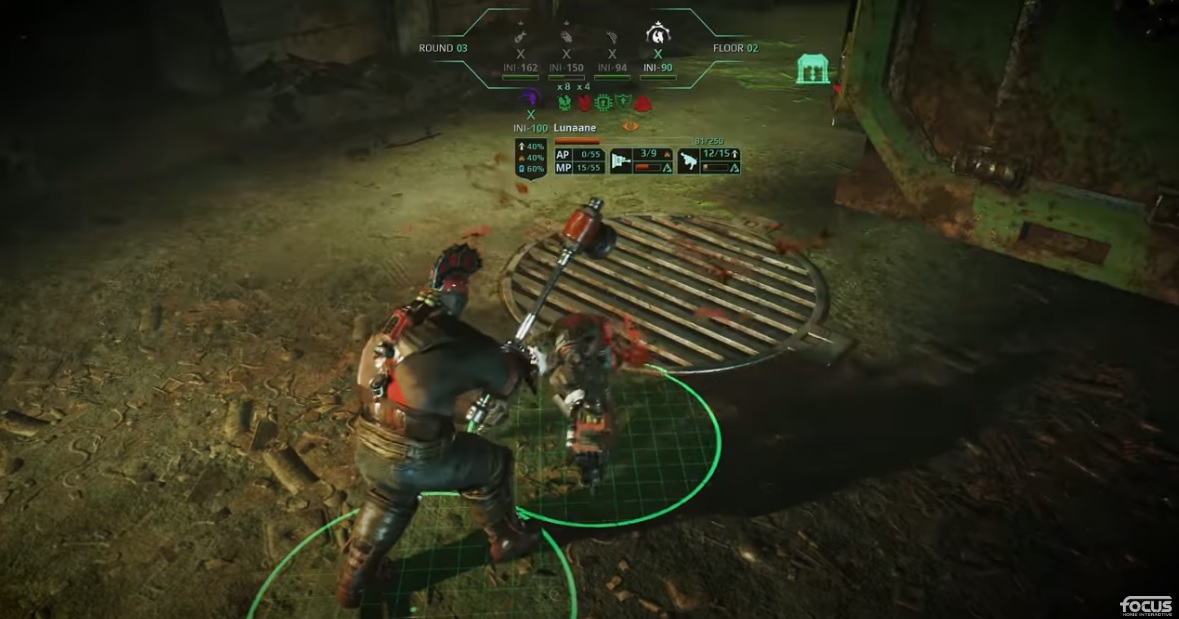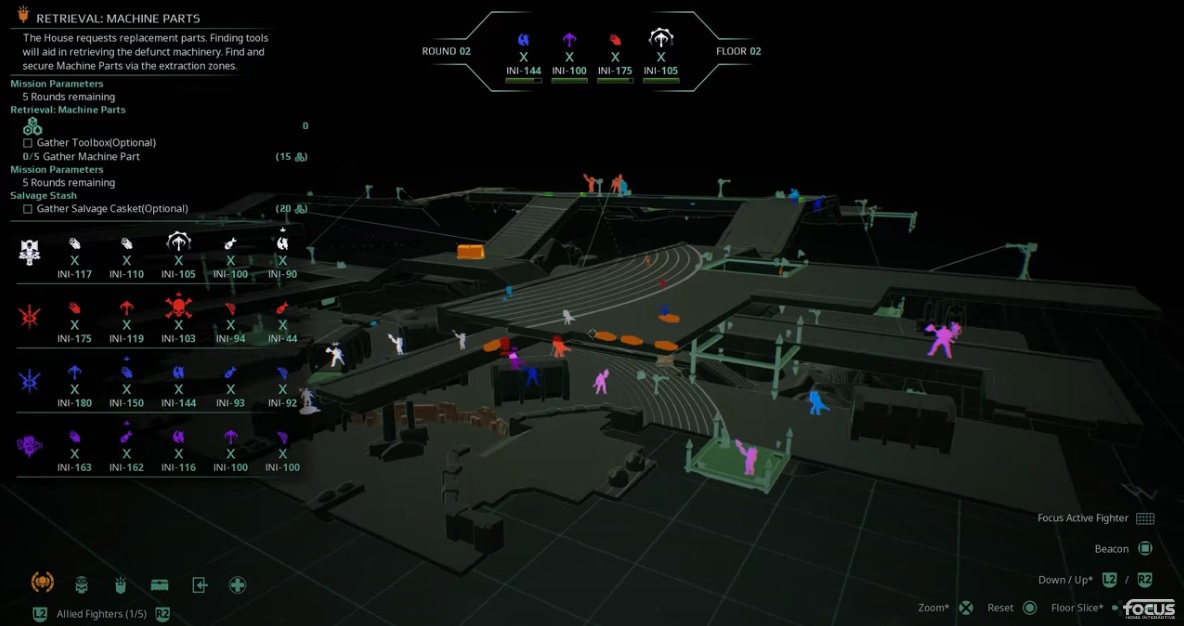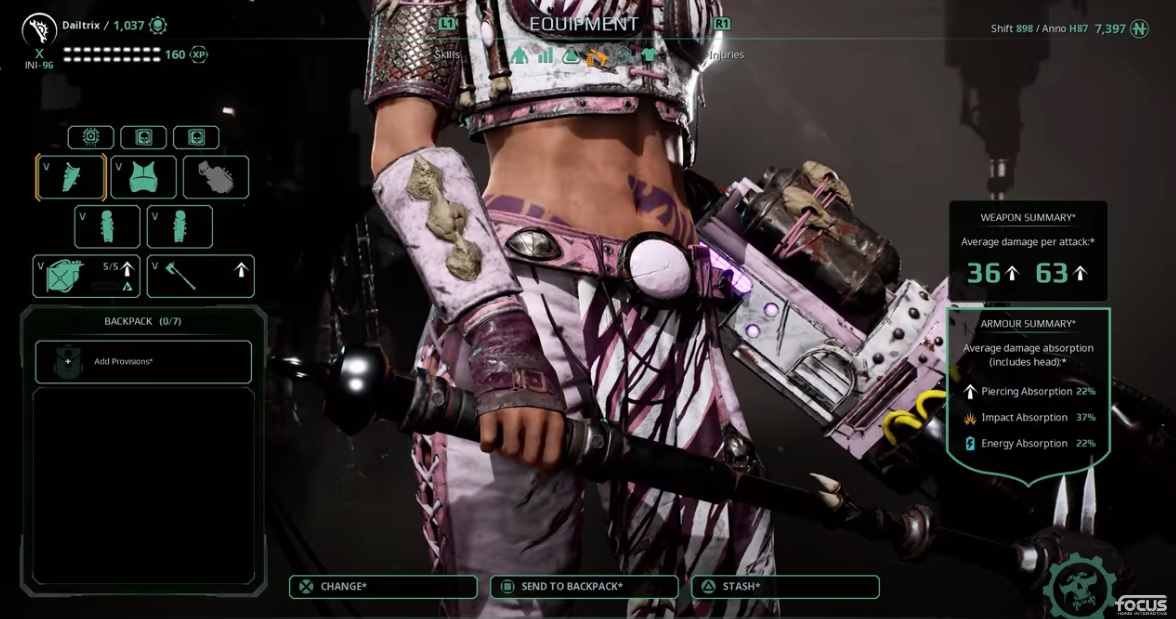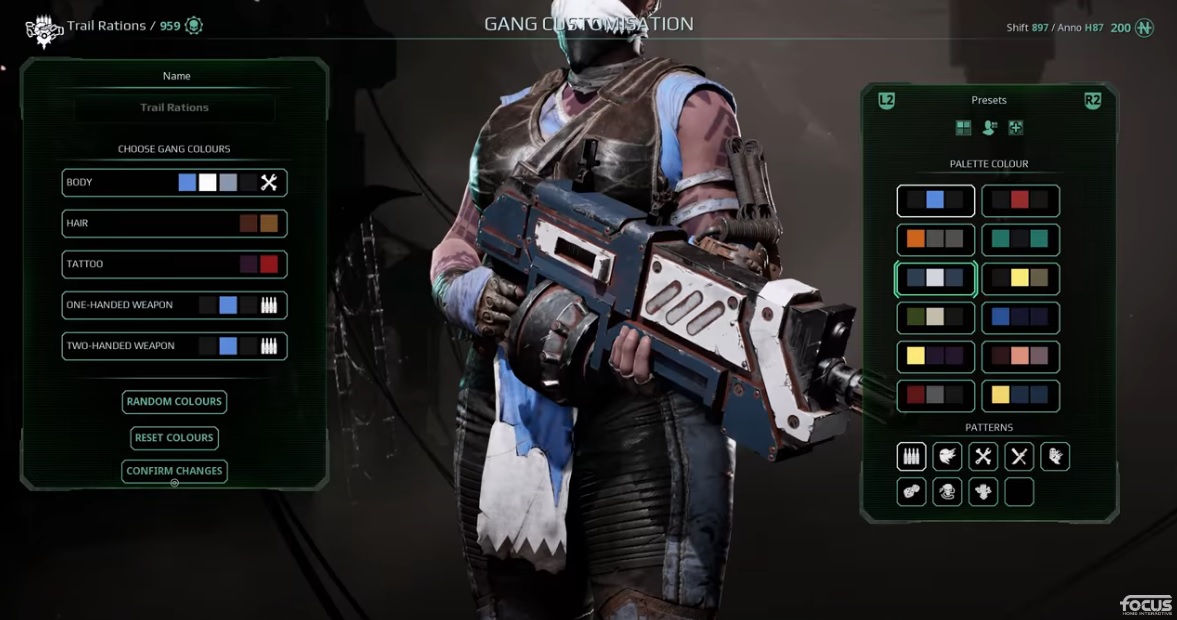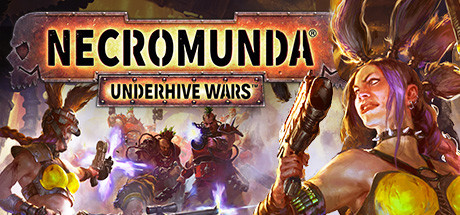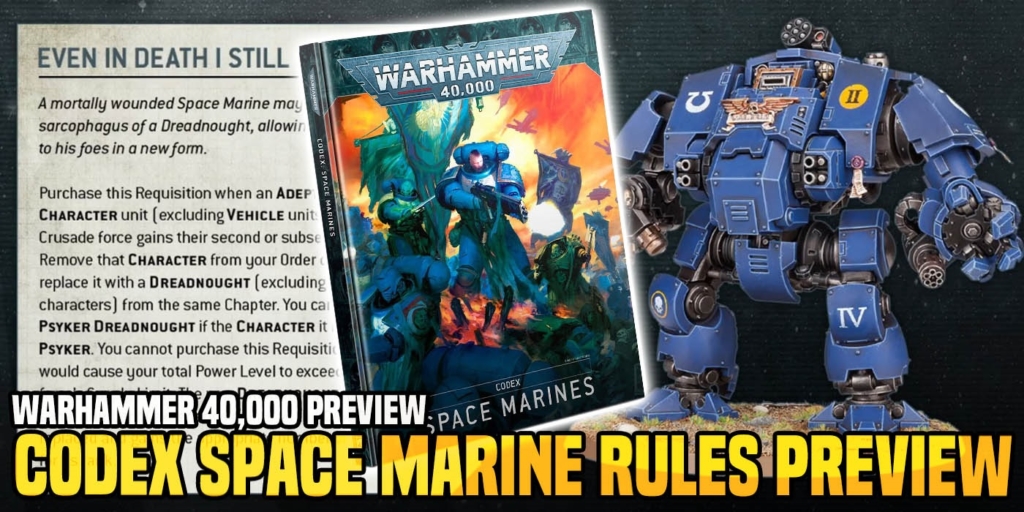Warhammer 40K: Necromunda Underhive Wars The Game – The Review
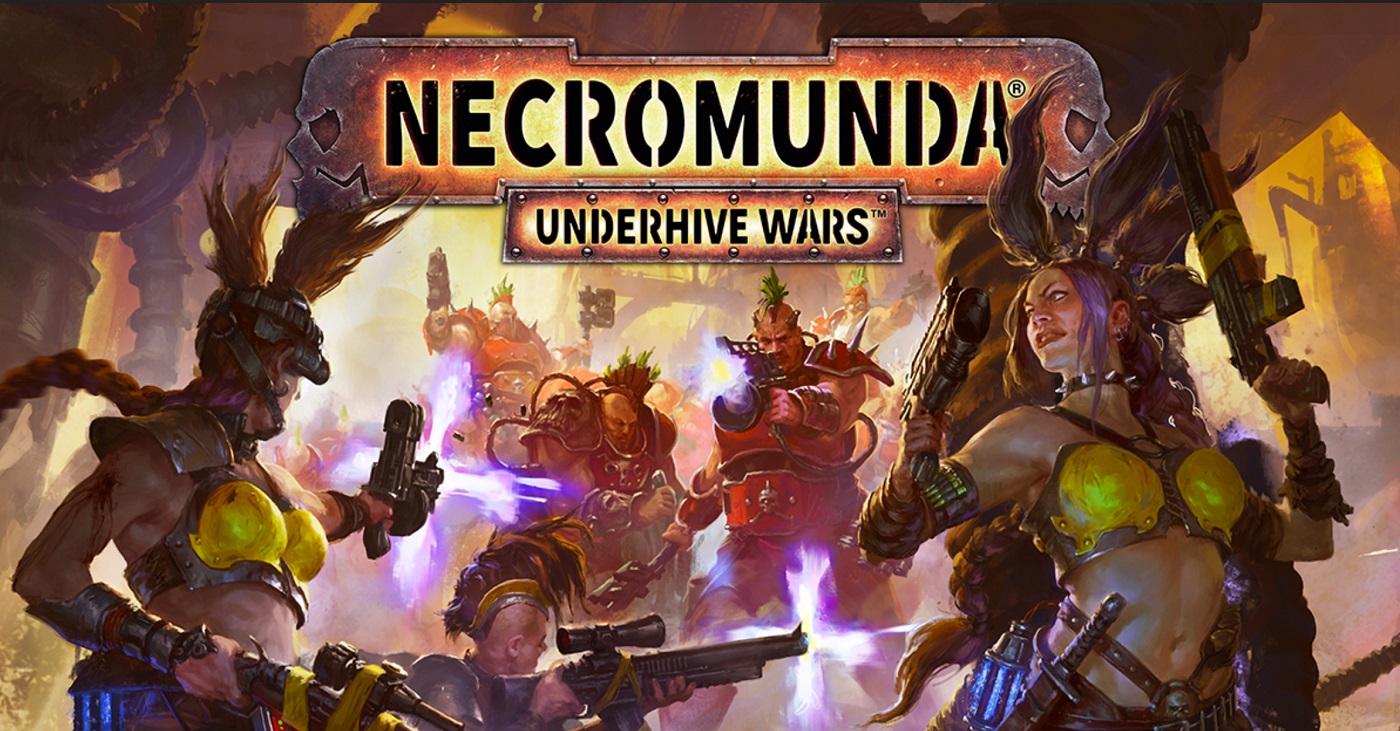

Necromunda: Underhive Wars is out on Steam, bringing all the futuristic gang warfare of the 41st millennium to your PC. Come check it out.
Deep beneath Hive Primus, everything has gone wrong. House Orlock has shown up exactly where they weren’t supposed to be, and now, the ladies of the Under Covenz, one of House Escher’s many gangs, are outnumbered, outgunned, and spread thin. As an Orlock heavy with a Lascannon opens up on my leader, pinning her, my pistoleer decides to miss two 87% shots in a row. And that was my best option, it’s only downhill from here.
Necromunda is my kind of game. I love turn-based tactical RPGs that make you sweat when something goes horribly awry. Necromunda: Underhive Wars promises a tight, tactical experience in the vein of X-Com or Battletech, and while it’s not as tight or polished as some of its predecessors, it offers up enough unique experiments with its three different factions and wide range of customization, that there’s still a hefty meal to dig into. Necromunda: Underhive Wars is a digital adaptation of Games Workshop’s tabletop game of the same name.
As in the tabletop game, you’ll take control of a bunch of gangers, hard-up in one of the toughest places to live. The underhive of Hive Primus on the world of Necromunda. Deep beneath the planet’s surface, there’s no sky and the weather is more of an urban dystopic interpretation of the idea. Storms of malfunctioning platforms are illuminated by the sparks of exposed wires, while toxic gas, flowing through numerous pipes, erupt in hazardous wind storms. And Necromunda: Underhive Wars captures this.
The game is full of high-tech decay. You get a sense of the futuristic rot that defines the landscape, and can see it in the character of the gangers. Whether it’s in the noxious chems Escher carries around, the scrapped-together “armor” of House Goliath, or the not-exactly-biker look of House Orlock. The game feels like it’s lived in.
In the game, you’ll take control of your gangers and activate in turns. Much like the game, you have a limited selection of actions available to your gangers, depending on what class they are. You have saboteurs, deadeyes, brawlers, and more that you open up as the game goes on. It takes a little bit of getting used to the camera style–the view is very much a third-person action-centric view, like you might get from playing Gears of War, which feels a little out of place, given the tactical focus of the game.
When playing, the architecture, which is very distinct, is also a little disorienting. So you might think a character is in the clear, but wander right into an enemy ambush that, if you were playing with a traditional view, you would have seen coming a mile away. Now, you can, of course, always pull up the map to check your information. But even with that info in mind, the camera is often not your friend.
But the game is forgiving about this in most circumstances. You’re free to move wherever you want, with characters given an allotment of movement points that slowly tick down as they move. But, it’s more like measuring a range. Up until you take an action, you can always wander back to your starting point and move wherever, so you can explore the map and line up shots on several targets, for instance, and see where you have your best chance of hitting.
Which is good, because the levels are huge. Every level feels like the tabletop you wish you had. There’s enough space for firefights and long range engagements as well as brutal melee ambushes. What’s more, they stack on top of each other. I think there’s a lot of mileage to be found in getting the high ground and using it to shoot from your best position or to drop down on the enemy and brutally punish them.
You have to use your advantage while you have it, though. Because you won’t keep it. Movement, while important, is perhaps a little over-emphasized in the game. A lot of the tactical crunch can come from how your models are positioned and what shots they can take. But in Underhive Wars, characters have so much movement that it’s often never about what they can or can’t reach. In one match, I had a sniper take position to open up on a heavy weapons specialist with an excellent position–the target was at the extreme end of my sniper’s range. And after I shot I retreated them into a cargo container to protect them, only for the lumbering heavy weapons model to walk halfway across the map, open the door to the container, and shoot my sniper from close range.
The lesson is, you’re almost never out of someone’s range. If you’re in a close range firefight, you may as well forget about taking cover. Because they always have enough movement to wander around behind you and shoot you point blank. I know, I did this to the enemy on multiple occasions. You can’t really pin anyone down. Disengaging is easy enough, so even if you charge a bunch of melee units in, unless you literally close off all movement options, you can’t stick in. They can always break away to either charge at you again, or shoot you with their big gun. You can make cover matter, but you have to work hard to ensure it does by putting up traps or barricades to keep the enemy from getting to your position. Or setting up a barrage with your heavy weapons unit to punish the enemy if they do approach. It’s a different approach.
But while the small-scale tactics may vary to your tastes, the overall experience is a ton of fun. And the game really does sing at the campaign level. There’s a story mission, for sure, that takes you through a tale of gang war and introduces you to all three faction’s mechanics (you play as Escher, Goliath, then Orlock, all trying to get rich). But the game is at its best when you’re making your own gang.
You can pick your gang’s classes and perks, hire specialists and leaders and figure out what your juves will do. It is satisfying to plan out upgrades and plot the course of your gang’s rise to power. So free play is where the game shines. It holds up, but if you’re looking for a spit-and-polished experience like X-Com Enemy Within or the Banner Saga, you’ll find the game’s systems working against you. If you want to play as a gang and see if you can run the Underhive, this is a great way to spend a weekend. And if you have friends into it, then you’re set.
Necromunda: Underhive Wars $39.99 $31.99 20% off
“Deep below the nightmarish, polluted hive cities of Necromunda, in the twisted, vertiginous, dark tunnels of the Underhive, rival gangs fight to the bitter end for personal power, wealth, survival and the honour of their Houses. Only the strongest survive.
Lead, customize, and grow your gangs of Escher, Goliath, and Orlock. Specialize each member and send them to battle in hazardous dystopian environments. Exploit the terrain in tactical gunfights: climb raised walkways to take advantage, set traps, and ambush foes to force them into bloody melee engagements.”
You had me at Orlocks.

